The first full week of the year was a big one for me, as it was my first time ever travelling abroad on my own. In all the years I had left Ireland on a trip, I was always with either or both of my parents, but this was my first solo flight. My destination was Paris; my first trip there in over six years, my fourth time visiting the city, and my fifth visit to France overall. I was especially fortunate to be staying in an apartment pretty close to the Jardin des Plantes – probably my favourite place to visit in all of Paris, what with the world’s second oldest zoo and two natural history museums. The main goal of the trip was to see the Tasmanian devils that had been living at the Ménagerie du Jardin des Plantes since 2023, as I had yet to see the world’s largest carnivorous marsupial before my trip.
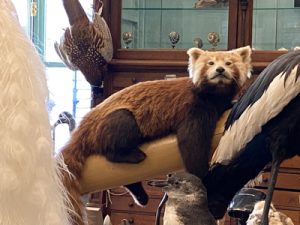
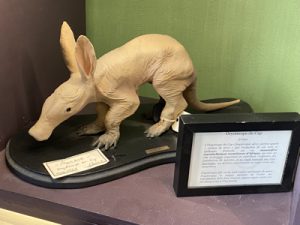
I took the train up from Kerry to stay with my parents in Wicklow on the Sunday evening after a severe snow storm hit town and delayed my train by two and a half hours. I then spent Monday making final preparations for my trip, including booking my boarding pass. Dad drove me to the airport in the morning, and I made it through security okay. My plane arrived at Charles de Gaulle Airport, where I bought a Navigo Easy card to allow me to use public transport in Paris and took the metro to Gare d’Austerlitz. This station was just across the road from the Jardin des Plantes, so I decided to walk through the garden on my way to the apartment. As I headed through, I saw lanterns representing prehistoric creatures (mostly from the Jurassic but with some Cretaceous fauna as well) mounted throughout the garden, which were part of the two-month winter event Jurassique en Voie d’Illumination. I also heard (and eventually saw) the ring-necked parakeets that made their home here; this species is native to Africa and India, but is now a common sight in parks and gardens around Paris, as with London, where I saw some last year. After leaving the garden, I eventually collected the keys to enter the apartment, where I unpacked some of my things and relaxed for a bit, content that the first leg of my trip went smoothly.
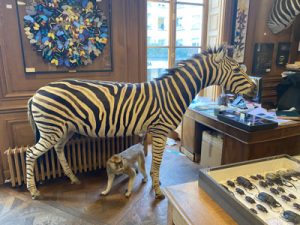
After my relaxation, the first thing I did upon leaving the apartment was take the metro to visit two places of interest in the 7th arrondissement. First, I popped into the Noglu café for a late lunch, then I headed towards Deyrolle, an old-fashioned-looking shop with an extraordinary taxidermy collection on the first floor. First brought to my attention from a magazine article that my mother shared, Deyrolle was first established in 1831 by Jean-Baptiste Deyrolle, and is today considered a reference in the field of taxidermy while also being involved in pedagogy and art. The first taxidermised animals I came across upon climbing the stairs were part of a christmas-themed display, with a polar bear as the centerpiece among several smaller mammals. Other specimens that took my interest were two red pandas, a brown bear mother and cub, a baby aardvark, a wolverine, and even a unicorn head mount, almost certainly just a domestic horse with a plaster-made horn stuck on. I spent roughly half an hour photographing the specimens of interest in Deyrolle before leaving to explore more of Paris.
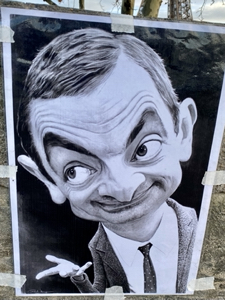
As the iconic Eiffel Tower was only a 40 minute walk away, I decided to walk along the Seine to the Trocadéro Gardens to find the best place to photograph the tower from the front. As I then headed towards the tower, I came across a humerous artist’s depiction of Rowan Atkinson as Mr. Bean taped to the wall by the bridge, which I couldn’t resist snapping. To save me having to walk the whole way back to the apartment, I took the metro back to Austerlitz before deciding to walk around the perimeter of the Jardin des Plantes. Through a hole in one of the gates, I saw what could very well have been the Tasmanian devil enclosure. Although the devils were my main priority for the next day, I was concerned by the fact that the day was forecast to be extremely rainy throughout, which meant that the devils probably wouldn’t show themselves on the day. In the evening, I went to have dinner at a nearby crêperie to finish my first day of the trip.
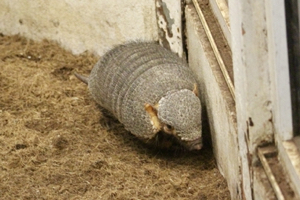
Wednesday was to be the most exciting day of my trip, as I would spend the day at the Jardin des Plantes. I had wanted to visit the Ménagerie at opening time (10:00am) to increase my chances of seeing the Tasmanian devils, and I had prebooked my ticket for that time. As expected, it rained nonstop during my day at the Jardin des Plantes, leaving me to wonder whether I would see either of the two male Tasmanian devils at all (at least initially). The first animals I saw upon entry were four gaur (easily the largest animals at the Ménagerie), who were being given their breakfast hay. I headed past the gaur, then via the West Caucasian tur past the European sousliks until I reached the Tasmanian devils’. Sure enough, there was not a devil in sight, and it seemed the rain was the reason. I spent about a minute in the Vivarium next door, photographing a Lake Pátzcuaro salamander and three golden poison frogs. Upon exiting, and with still no sign of the Tasmanian devils, I headed towards the cat house, but not before photographing and enjoying the Goodfellow’s tree-kangaroos and hairy armadillos that shared the same building nearby. In the cat house, I saw the pair of caracals resting together and the clouded leopards snoozing up high in their enclosures. I also saw the pair of yellow-throated martens climbing and rummaging around their enclosure enjoying the enrichment provided for them. As I headed outside, I saw the single Malayan tapir trodding around in the rain, allowing me to snap plenty of photos and even see him blast urine a few times. I headed straight back to the Tasmanian devils to check for any signs of activity, and once again there was no sign of them.
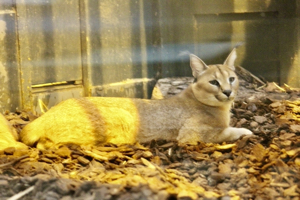
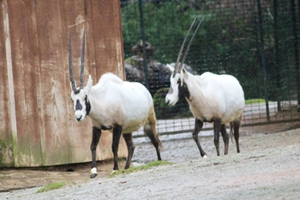
I decided to make another big walk around the Ménagerie to see species of interest, including the trio of Arabian oryx and the Sichuan takin feeding out of its haybox, before heading back by the gaur and the red pandas. This time I passed the Grande Voliere to see another species I hadn’t seen before – the dusky pademelon, which is a small wallaby native to New Guinea. I saw only a single pademelon sitting down just outside of their house, and spent a few minutes watching and photographing it. I then headed back towards the Tasmanian devil enclosure and this time, I was taken by surprise when I saw one devil cantering towards me and then around the perimeter of his enclosure. Knowing full well that this was my first time seeing a Tasmanian devil in the flesh, I hurried to get the camera ready as quickly as possible and snapped a few photos as the devil headed back indoors. His disappearance was only short, as he came out again and continued to run around the enclosure, sat down briefly by the window, then sniffed the ground as he walked over to the grassy centre, sniffed the shrub at the left and even apparently attempted to climb it, providing me with enough opportunity to snap lots of photos. I managed to get a few good quality photos, including one of the devil running, leaving me very satisfied with my experience so far. This devil had some scarring on his rump, including a blood-red wound, most likely from a squabble with the other male; from what I’ve heard, the two devils are named Rory and Mordo, but I have no way of knowing who’s who. I observed the devil for 20 minutes at most before he ran back inside and didn’t appear again for the rest of my visit, but I was nonetheless extremely delighted to both see and photograph him. On my previous visits to the Ménagerie, I was lucky to see eastern quolls, a relative of the Tasmanian devil which until recently was also endemic to Tasmania. The quolls are now gone from Paris, but the devils more than make up for that thanks to their iconic status.
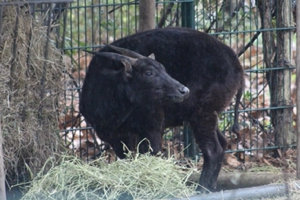
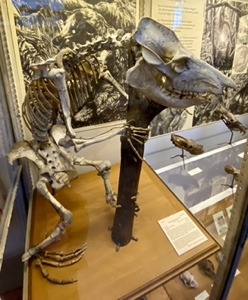
I went for another full walk around the Ménagerie to see the pair of lowland anoa in the bottom right corner of the park, one browsing on hay under a shelter and the other staying dry in their house. After passing by the gaur again for photos, I decided to return to the cat house to enjoy my packed lunch out of the rain, with the clouded leopards and caracals keeping me company when no other humans were there. As I made my way towards the exit, I stopped by the Tasmanian devil enclosure once more and wasn’t disappointed that they were out of view now that I had just seen one of them. I next popped into the small boutique behind the rotunda to see if any Tasmanian devil plushes were available as a souvenir. There were no devil plushes, but there were binturong plushes, and also a guidebook of the Ménagerie dating to 2018, the year I last visited. I left the boutique without buying anything but wondering whether to come back to buy those items. Before exiting the Ménagerie, I heard the siren-like call of a great argus pheasant from one of the aviaries, so I decided to snap it as my last live photo subject of the day.
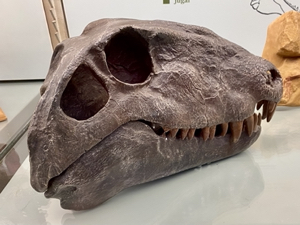
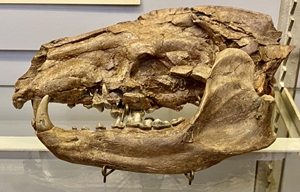
Next, I visited the Galerie de Paléontologie et d’Anatomie Comparée, my second visit since 2016 and a welcome refuge from the rain. I spent a few minutes on the ground floor in the Compared Anatomy hall, as I wanted to spend the bulk of my visit in the fossil hall. One of the skeletons I photographed in this hall was of a Tasmanian devil, which appeared to have a fleshy nose still attached. After heading upstairs to the fossil hall, I felt a sense of joy that I had returned after more than 8 years, as it meant I could photograph the fossils I missed on my last visit. The first fossil I photographed was an Arsinoitherium skull, and I asked a lady sitting on the bench behind to photograph me with my head behind the skull, to which she kindly obliged. Afterwards, I scanned the cases to photograph the fossils of interest, including the skull of the bear-dog Amphicyon, the skeleton of the marine ground sloth Thalassocnus, the skull of the sail-backed reptile Dimetrodon, the fossil of the unusual pterosaur Pterodaustro, and even the preserved facial skin and leg of a woolly mammoth found in Siberia. The fossil I was most excited to photograph was MNHN SAM 124, the snout bone of the infamous Spinosaurus, which is easily one of my favourite dinosaurs. One fossil that took me by surprise was the skull of the short-faced bear Arctodus, as I was previously unaware that the museum had a fossil representing this species. Most of the fossils I photographed at the museum were of species I had heard of before, but one species I wasn’t previously familiar with was a Jurassic marine crocodylomorph called Platysuchus; I’ve seen this fossil from street views of the museum on Google Maps, but the lighting on the signage made it impossible to identify this species. I sat down on a bench briefly to take a rest from so much walking around before deciding to look at the top floor, but later I realised I left my umbrella on the bench, so I went back to retrieve it, happy that I didn’t lose it.
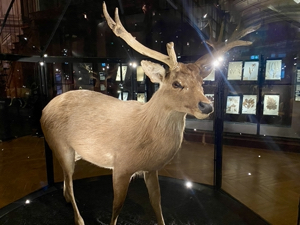
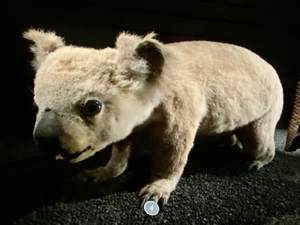
The last place to visit on the Wednesday was the Grande Galerie de l’Evolution, my third time visiting. As with the Galerie de Paléontologie, I scanned the museum photographing specimens of interest, until I entered what is probably my favourite room in the museum: the salle des espèces menacées et disparues, where many extinct and endangered species are displayed. Highlights here included a giant panda and cub, an indri lemur standing upright on the ground (this species is almost totally arboreal in life), an adorable brown bear cub, a Cuban solenodon, and – you guessed it – a Tasmanian devil, with its fur faded to brown, making that three places on the day where I have seen a Tasmanian devil (one alive, two dead). Among the extinct species in this room was the world’s only mounted specimen of Schomburgk’s deer, a Southeast Asian species last seen alive in 1938. Other highlights of the museum included a marine iguana, a family of platypuses playing together, and the legendary Asian elephant Siam, who once lived at Paris Zoo. As the gift shops at both museums were closed, I decided I would return to the Ménagerie to buy my souvenirs before returning to Dublin. Incredibly satisfied with how my day went, I went back to the same crêperie for dinner.
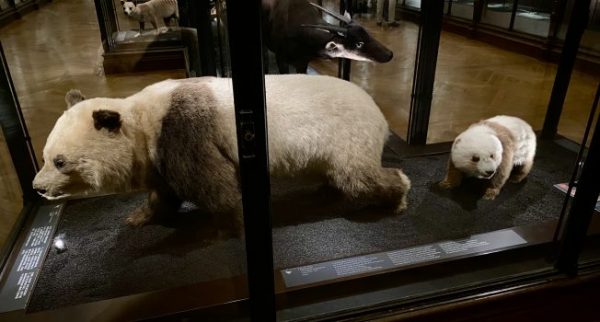
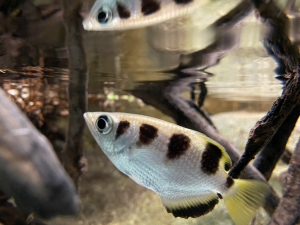
I was hoping to visit the Parc Zoologique de Paris again on the Thursday, but during my preparation in the weeks prior, I discovered that the zoo is actually closed for most of January and the beginning of February. This meant that not only was I unable to see favourites like the manatee again, but also the bat-eared foxes that have been kept there since my previous visits, as this was another species I had yet to see. However, I soon found an alternative choice of where to visit, as not far from Paris Zoo was the Palais de la Porte Dorée, which was home to a museum, but also the Aquarium Tropical that aroused my interest. Thankfully, it only rained in the morning as I went to visit the aquarium for 11am. The main highlight for me here was the group of four pig-nosed turtles, an unusual species that like the Tasmanian devil had long been on my list of species to see. I also enjoyed seeing some unique fish species, such as the electric eel and two species of lungfish: Australian and South American. Two other fish species that captured my interest were the African knifefish (also called the aba) and the glowtail pipefish, with its vibrant red and white coloration. According to Zootierliste, the aquarium is one of only five public institutions in Europe with aba, and the only one in the world with glowtail pipefish. The aquarium also hosted an exhibition on the conservation of the Joba Mena, a critically endangered fish species from Madagascar that the aquarium supports in the wild, and I saw some captive Joba Menas on site at the aquarium. I had heard that the aquarium was also home to mudskippers and the endangered Humphead wrasse, but I could not see them signed anywhere, and I soon realised they were not mentioned on the website, indicating that they may have left the collection. Still, I managed to enjoy the aquarium for the hour I was there.
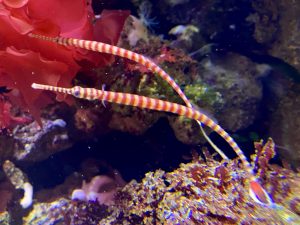
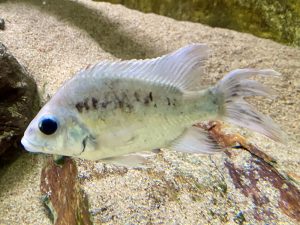
Although Paris Zoo was closed for the month, I decided to walk the whole way around the perimeter after the aquarium to see if I could spot anything inside. Sure enough, through the fencing and vegetation I could see two lynx, two griffon vultures, several mara and two vicuña. I sat down to have my lunch in the Bois de Vincennes, then took a walk around Lac Daumesnil and the two islands within (which were connected to the mainland by bridge). Among the many bird species I saw was a kingfisher perching above the lake as I enjoyed my lunch, and during my walk, I saw at least two great crested grebes, one of which was a juvenile. I also saw a flock of feral peafowl foraging on the lawn of the Île de Bercy. As I took the metro back near my apartment, I decided I had enough time to visit the Ménagerie again, making it my most visited zoo outside Ireland as of this writing. During my briefer visit, I bought the binturong plush and the guidebook, but I couldn’t resist returning to the Tasmanian devil enclosure. Sure enough, I saw the other male romping around the enclosure in the drier weather (I could tell it was the other one due to having less scarring on his rump) and I managed to snap some photos of him as he came up to the window to investigate me. I watched the devil exploring his habitat for a good while before heading back to the cat house to see one of the clouded leopards on the ground of its enclosure, making itself more visible this time. As I headed towards the exit again, I saw the Pallas’s cat at the top of its enclosure; I hadn’t seen this species on the previous day’s visit, so it was nice I got to this time.
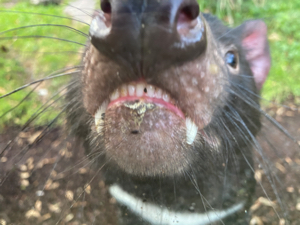
On Friday, the final day of my visit, I decided to head out for a brief walk while I had time before my return flight, leaving my suitcase at the apartment during my walk. I passed through the Jardin des Plantes again to see if I could spot anything from outside the Ménagerie; I saw the red pandas enjoying bamboo for breakfast, a snowy owl, and the Arabian oryx herd through the fencing and foliage. I bought a hot chocolate from a nearby café as I headed towards Parc de Bercy, where I went with my family on our last trip. I spent time walking through the park and seeing the parakeets flying and calling above me, before I took the metro back and headed through the Jardin des Plantes once more to another crêperie for lunch. After enjoying my galette and retrieving my suitcase, I took the metro to Orly Airport, returning to Dublin in the evening.
Overall, I am delighted that my first trip abroad by myself was a success. I made it through each airport without any trouble and my accommodation suited my needs for three nights. Ironically or not, although Wednesday was the worst day in terms of weather, it was the most enjoyable and satisfying day of my trip, as I saw my first ever Tasmanian devils at the Ménagerie, and visited the two natural history museums again to photograph specimens I previously missed. Although I was disappointed at not being able to visit Paris Zoo again, the aquarium made up for it with such charming species as the pig-nosed turtle and electric eel, and I still managed to see a piece of the zoo from outside despite it being closed. Most importantly, this trip has given me the confidence to make my own trips abroad, so who knows where my next solo trip will be?
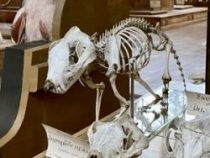
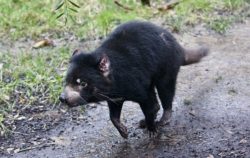
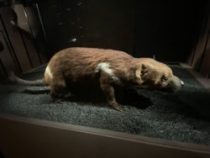
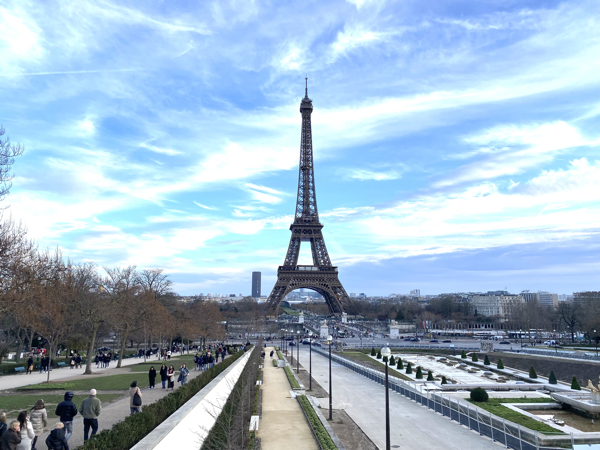
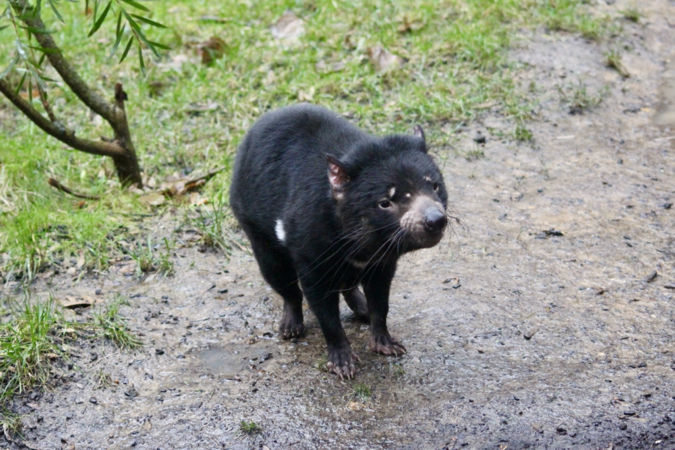
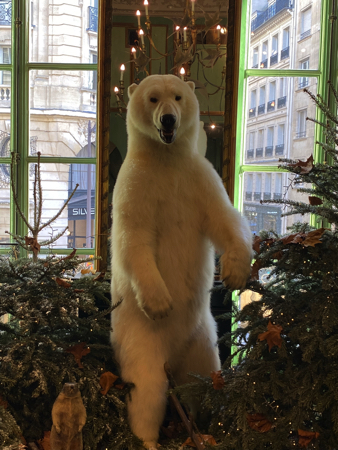
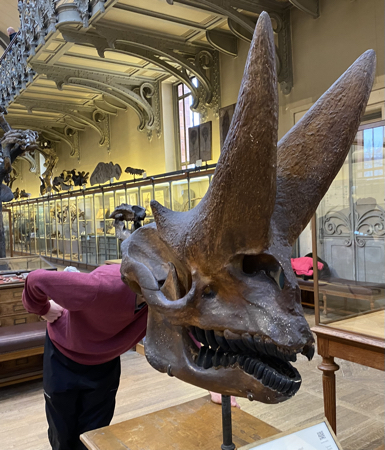
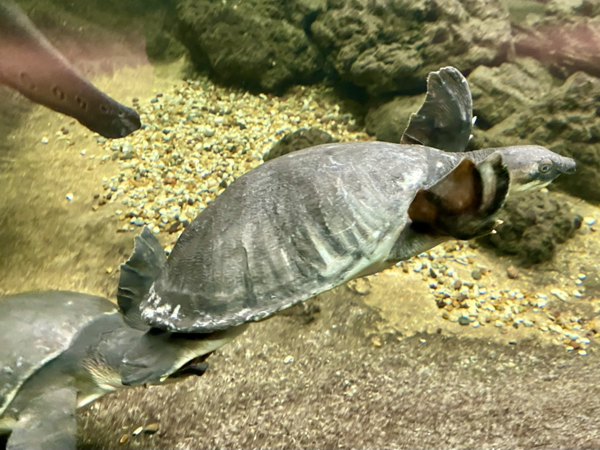
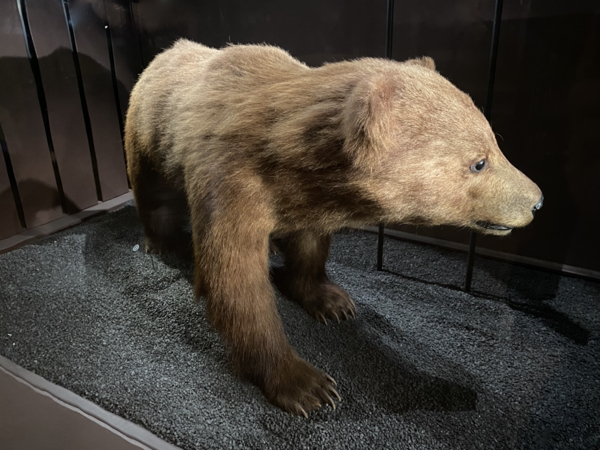
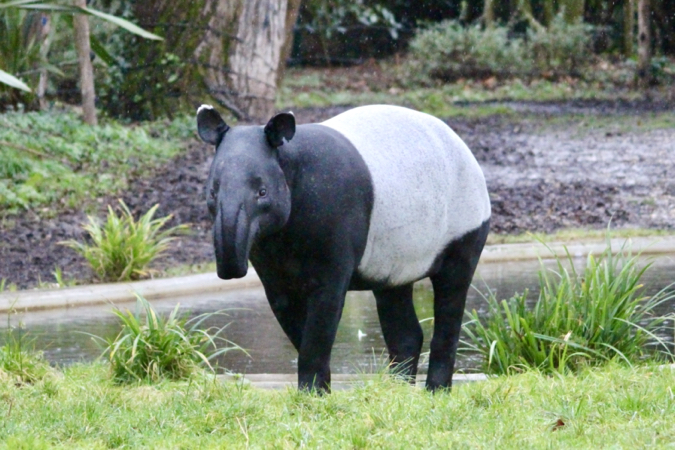
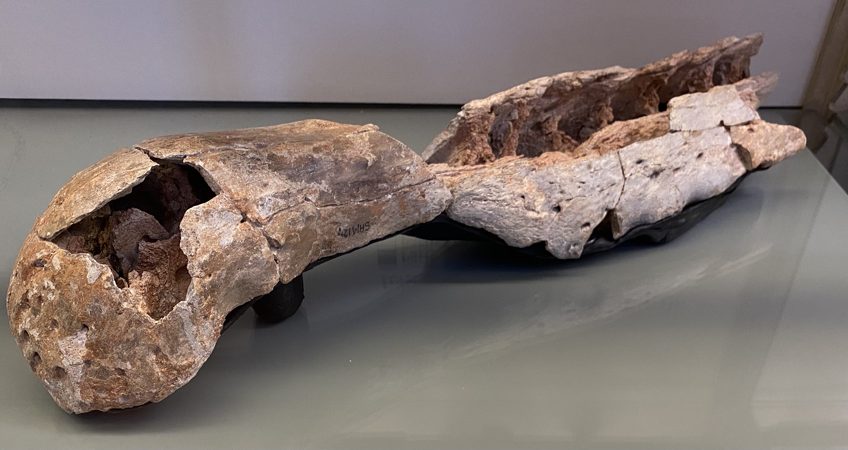
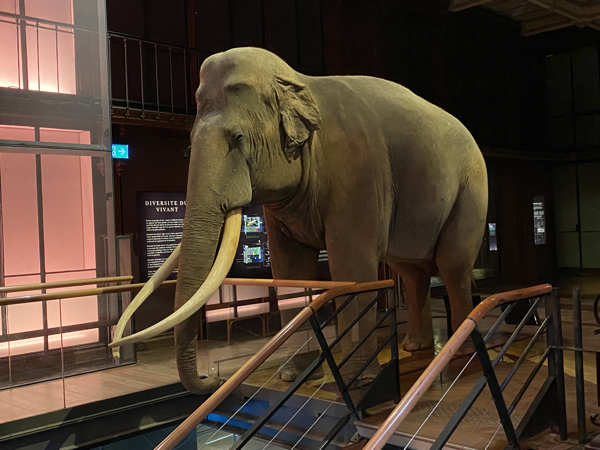
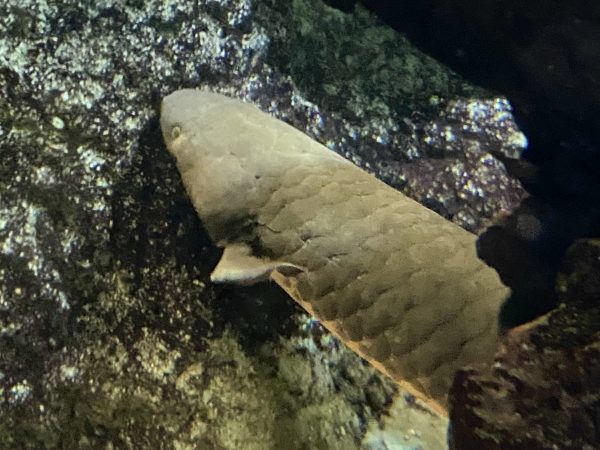
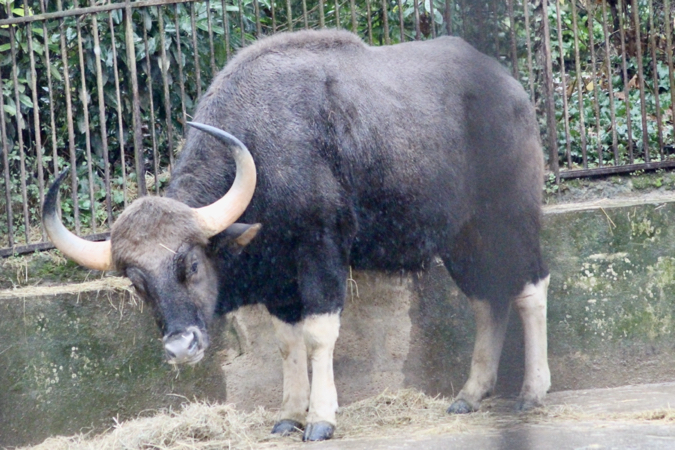
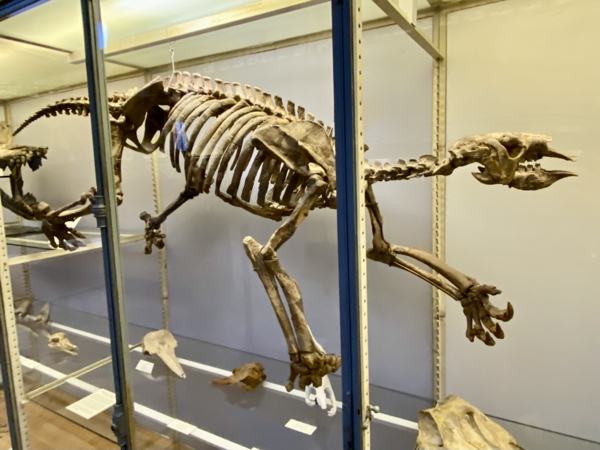
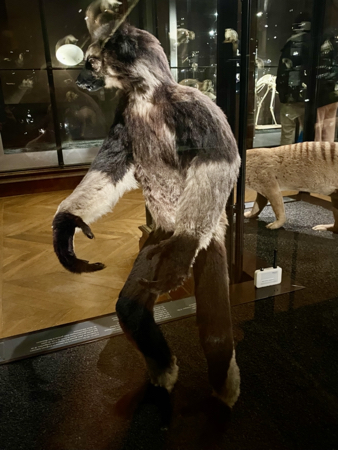
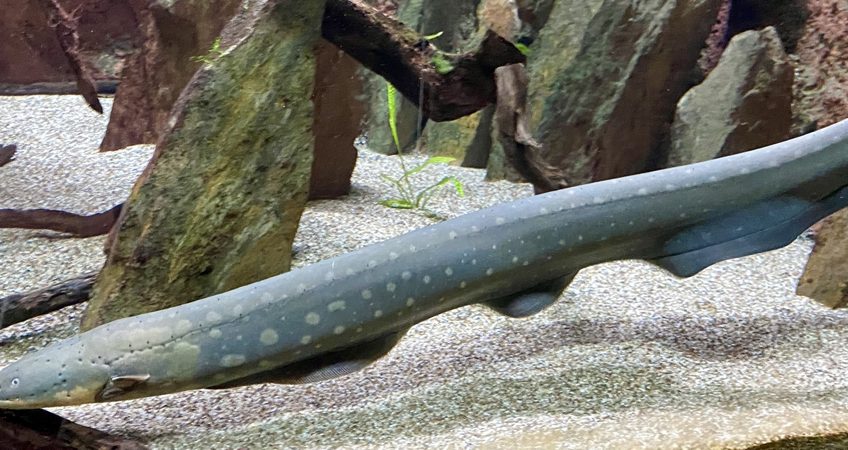
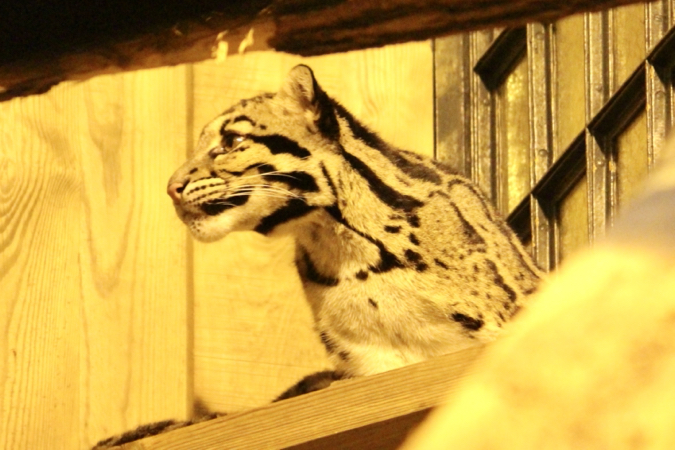
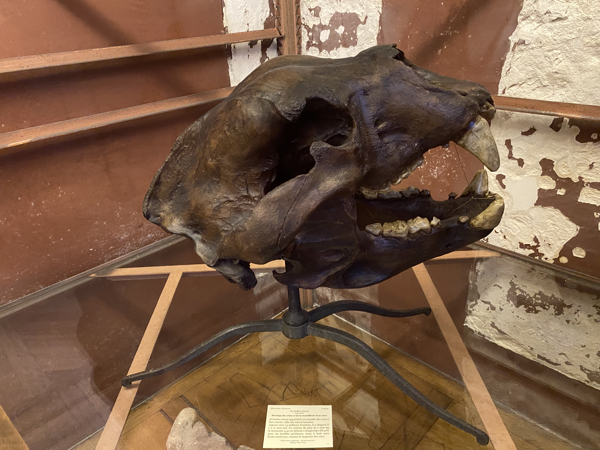
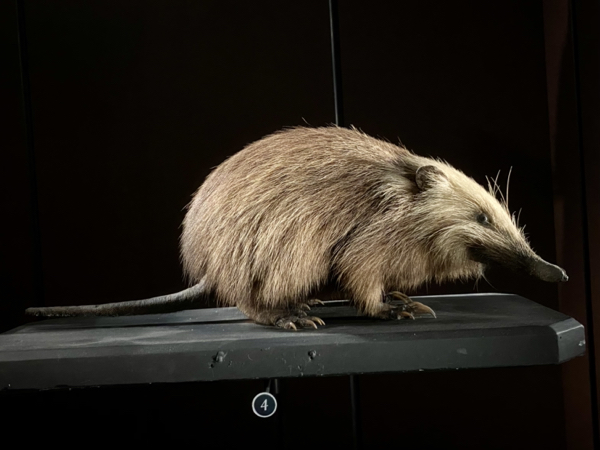
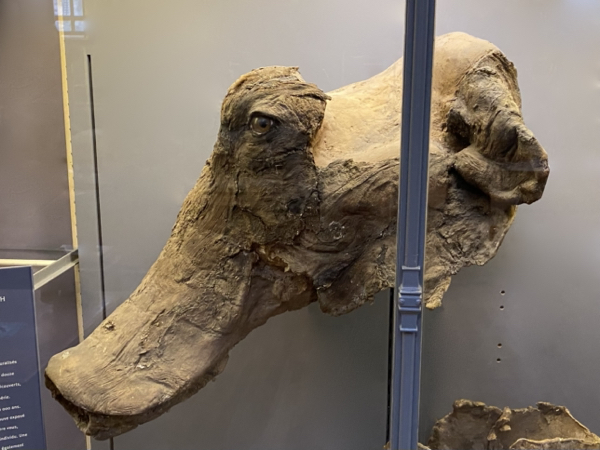
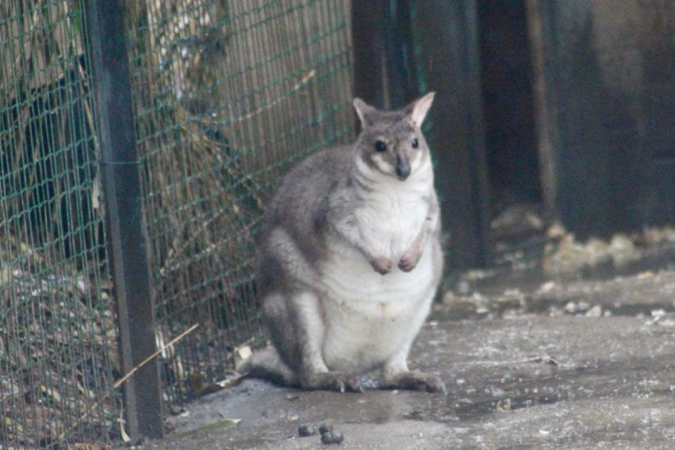
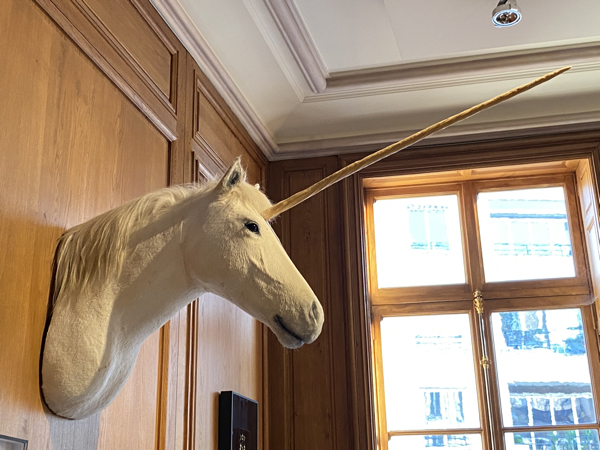
Leave a Reply
You must be logged in to post a comment.